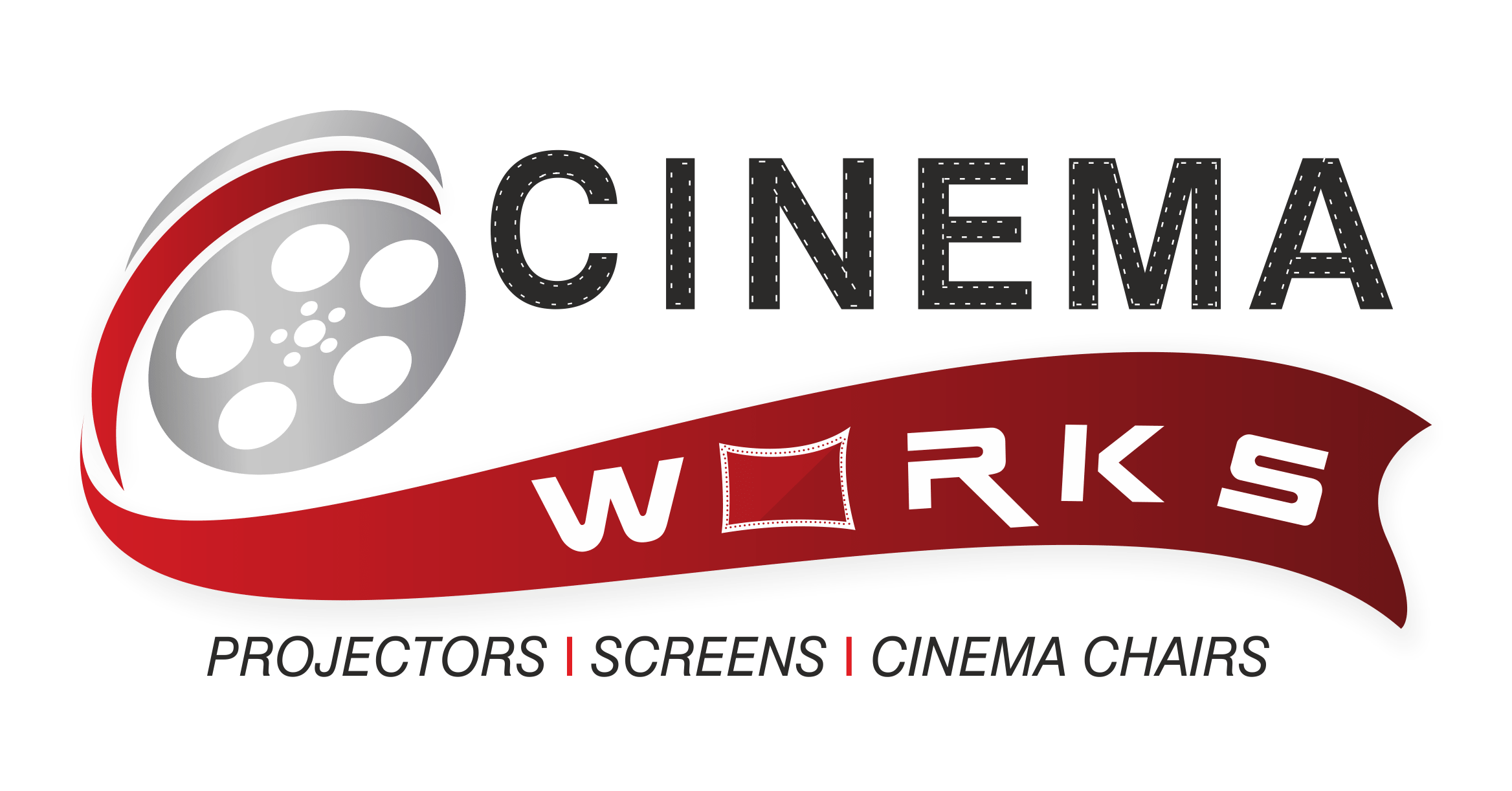Cinema Technology Trends 2028 and Beyond: A Vision for the Future of Moviegoing
The Rise of Immersive Experiences
By 2028, the cinematic landscape will be dramatically reshaped by advancements in immersive technologies. Gone will be the days of passive viewing. Expect a surge in 4D experiences moving beyond simple motion seats and incorporating haptic feedback suits, sophisticated scent diffusion systems, and even personalized environmental adjustments within individual auditoriums. This will blur the line between the viewer and the film’s narrative, delivering an unprecedented level of engagement. Furthermore, advancements in virtual reality (VR) and augmented reality (AR) will offer alternative viewing methods, potentially allowing for interactive storytelling and personalized cinematic journeys. The challenge will be in balancing these immersive elements to avoid sensory overload while maximizing the emotional impact of the film.
AI-Powered Personalization and Content Creation
Artificial intelligence will play a crucial role in shaping the future of cinema. AI-driven recommendation engines will curate personalized viewing experiences, suggesting films based on individual preferences and viewing history. This level of personalization extends beyond recommendations; AI could even tailor the film itself, offering alternate endings or storylines based on viewer choices in real-time, although this presents significant creative challenges. On the production side, AI could streamline filmmaking processes, from scriptwriting and editing to special effects and post-production, leading to faster turnaround times and potentially lower production costs.
The Evolution of Screen Technology
Display technology will continue to evolve, offering ever-increasing resolutions, higher dynamic ranges (HDR), and improved color accuracy. Expect to see widespread adoption of micro-LED and laser projection systems, leading to brighter, sharper images with deeper blacks and wider color gamuts. Furthermore, advancements in holographic displays could revolutionize the way we experience cinema, allowing for three-dimensional images that appear to exist within the theatre space itself. The key here will be in striking a balance between technological advancement and affordability for widespread implementation across various cinema chains.
Sustainable and Accessible Cinema
Environmental concerns will increasingly influence cinema technology. The industry will focus on energy-efficient projection systems, sustainable building materials, and reduced waste management practices. Furthermore, accessibility will remain a crucial focus, with advancements in audio description, closed captioning, and assistive technologies ensuring inclusive moviegoing experiences for all. This includes exploring innovative solutions for visually impaired audiences, potentially involving tactile and auditory enhancements to the cinematic experience.
The Metaverse and the Future of Distribution
The metaverse presents both opportunities and challenges for the film industry. While traditional cinema halls will likely remain a significant part of the moviegoing experience, virtual cinemas within the metaverse could offer new avenues for distribution and viewing. This could allow for global audiences to attend premieres and screenings simultaneously, potentially circumventing traditional distribution channels. However, navigating issues of copyright, accessibility, and technical limitations will be essential for the successful integration of the metaverse into the cinema ecosystem.
Conclusion: A Collaborative Future
The future of moviegoing is a collaborative effort involving technological innovation, creative storytelling, and a focus on inclusivity and sustainability. The trends outlined above represent a vision for a dynamic and engaging cinematic landscape in 2028 and beyond. The challenge will lie in harnessing the power of these advancements to enhance the core emotional impact of cinema, rather than simply relying on technological spectacle. The future of cinema is bright, and it’s a future we are actively building today.
